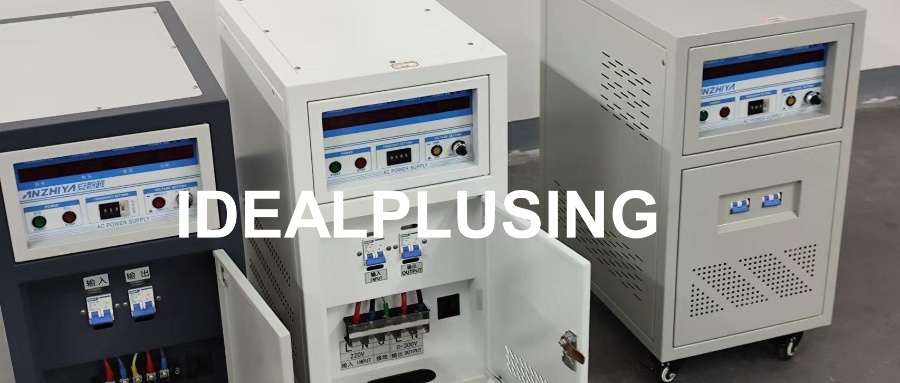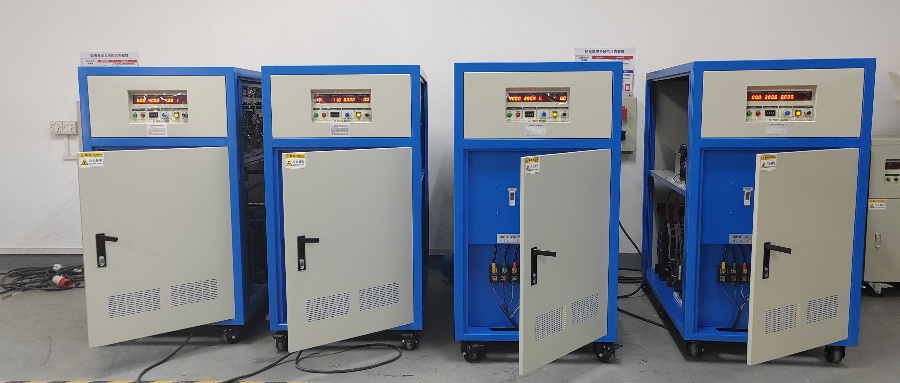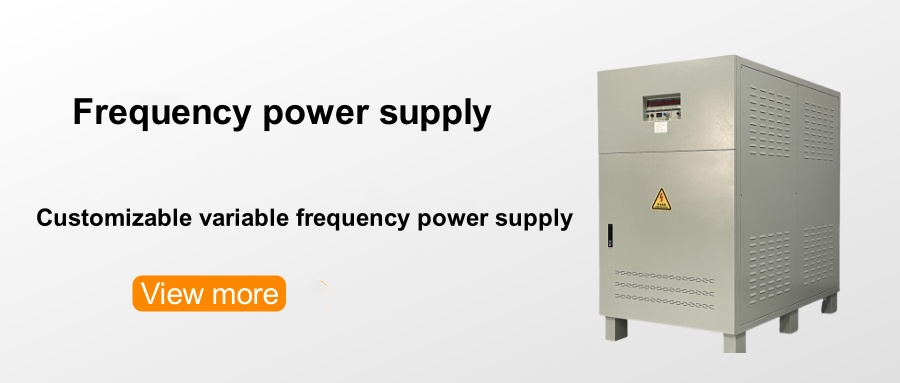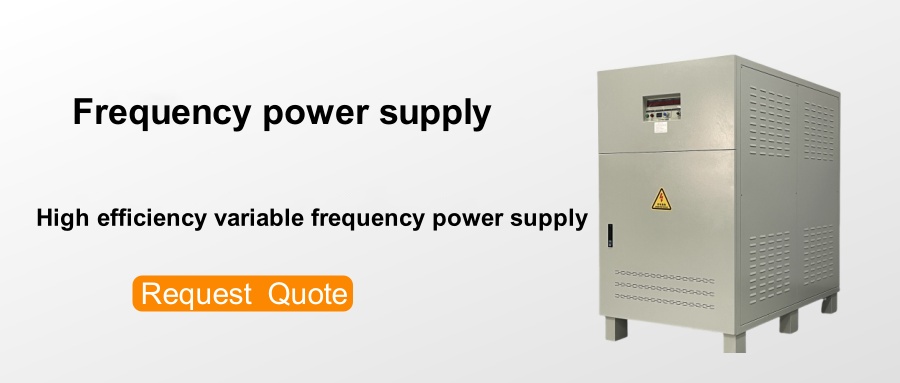
The correct selection of variable frequency power supply is crucial for the normal operation of the electronic control system of mechanical equipment. When selecting a variable frequency power supply, first of all, we should follow the type of mechanical equipment, load torque characteristics, speed regulation range, static speed accuracy, starting torque and the requirements of the use environment, and then decide which control method and protective structure of the variable frequency power supply is most suitable. The so-called suitability is to achieve the best cost-effectiveness of the application of variable frequency power supply under the premise of meeting the actual process production requirements and use occasions of mechanical equipment.
The first point. Select a variable frequency power supply with appropriate control method according to the load characteristics
There are many types of variable frequency power supplies sold on the market now, and their functions are becoming increasingly powerful. The performance of variable frequency power supplies is also becoming more and more a determining factor in the quality of speed regulation performance. In addition to the "innate" conditions of the manufacturing process of the variable frequency power supply itself, what kind of control method is used for the variable frequency power supply is also very important. The following table summarizes the performance characteristics of various variable frequency power supply control methods in recent years.
In summary, different control methods can be used for asynchronous motor variable frequency control to obtain speed regulation characteristics with different performance characteristics.
Second point. Select the protection structure of the variable frequency power supply according to the installation environment
The protection structure of the variable frequency power supply should be adapted to its installation environment. This requires consideration of factors such as ambient temperature, humidity, dust, pH, corrosive gases, etc. This is of great importance to whether the variable frequency power supply can operate long-term, safely and reliably. Most variable frequency power supply manufacturers can provide the following commonly used protection structures for users to choose from:
(1) Open IP00, which protects the human body from touching the live parts inside the variable frequency power supply from the front. It is suitable for installation on screens, panels, and racks in electric control cabinets or electrical rooms, especially for centralized use of multiple variable frequency power supplies. However, it has high requirements for the installation environment.
(2) Closed IP20 and IP21, the variable frequency power supply with this protection structure has an outer cover all around and can be mounted on the wall of a building. It is suitable for most indoor installation environments.
(3) Sealed IP40 and IP42, which are suitable for industrial sites with poor environmental conditions.
(4) Sealed IP54 and IP55, which have dustproof and waterproof protective structures and are suitable for industrial sites with poor environmental conditions, water spray, dust and certain corrosive gases.
Third point. Load torque characteristics of mechanical equipment
In practice, people often divide production machinery into three types according to the different load torque characteristics: constant torque load, constant power load and fluid load.

Constant torque load
In this type of load, the load torque TL is independent of the speed n. TL always remains constant or basically constant at any speed, and the load power increases linearly with the increase of load speed. Friction loads such as conveyor belts, mixers, extruders and feeding mechanisms of mechanical equipment, as well as gravity loads such as cranes, hoists and elevators, are all constant torque loads.
When the variable frequency power supply drives a load with constant torque properties, the output torque at low speed must be large enough and have sufficient overload capacity. If it is necessary to run at a low speed for a long time at a steady speed, the heat dissipation capacity of the standard cage asynchronous motor should be considered to avoid excessive temperature rise of the motor.
Constant power load
The characteristic of this type of load is that the required torque TL is roughly inversely proportional to the speed n, but the product, that is, the power, remains approximately unchanged. The spindle of metal cutting machine tools and rolling mills, papermaking machines, winders and unwinders in film production lines, etc., are all constant power loads.
The constant power property of the load should be in terms of a certain speed change range. When the speed is very low, due to the limitation of mechanical strength, TL cannot be increased infinitely and is transformed into a constant torque property at low speed. The constant power area and constant torque area of the load have a great influence on the selection of the transmission scheme. When the motor is in constant flux speed regulation, the maximum allowable output torque remains unchanged, which belongs to constant torque speed regulation; while in weak magnetic speed regulation, the maximum allowable output torque is inversely proportional to the speed, which belongs to constant power speed regulation. If the range of the motor's constant torque and constant power speed regulation is consistent with the constant torque and constant power range of the load, that is, the so-called "matching" case, the capacity of the motor and the capacity of the variable frequency power supply are both minimum.
Fluid loads
The torque of this type of load is proportional to the square of the speed, and the power is proportional to the cube of the speed. Various fans, water pumps and oil pumps are typical fluid loads.
Fluid loads can significantly save energy by adjusting the air volume and flow rate through variable frequency power supply speed regulation. Since the power demand of fluid loads increases too quickly at high speeds, which is proportional to the cube of the load speed, this type of load should not be operated at over-power frequency.








